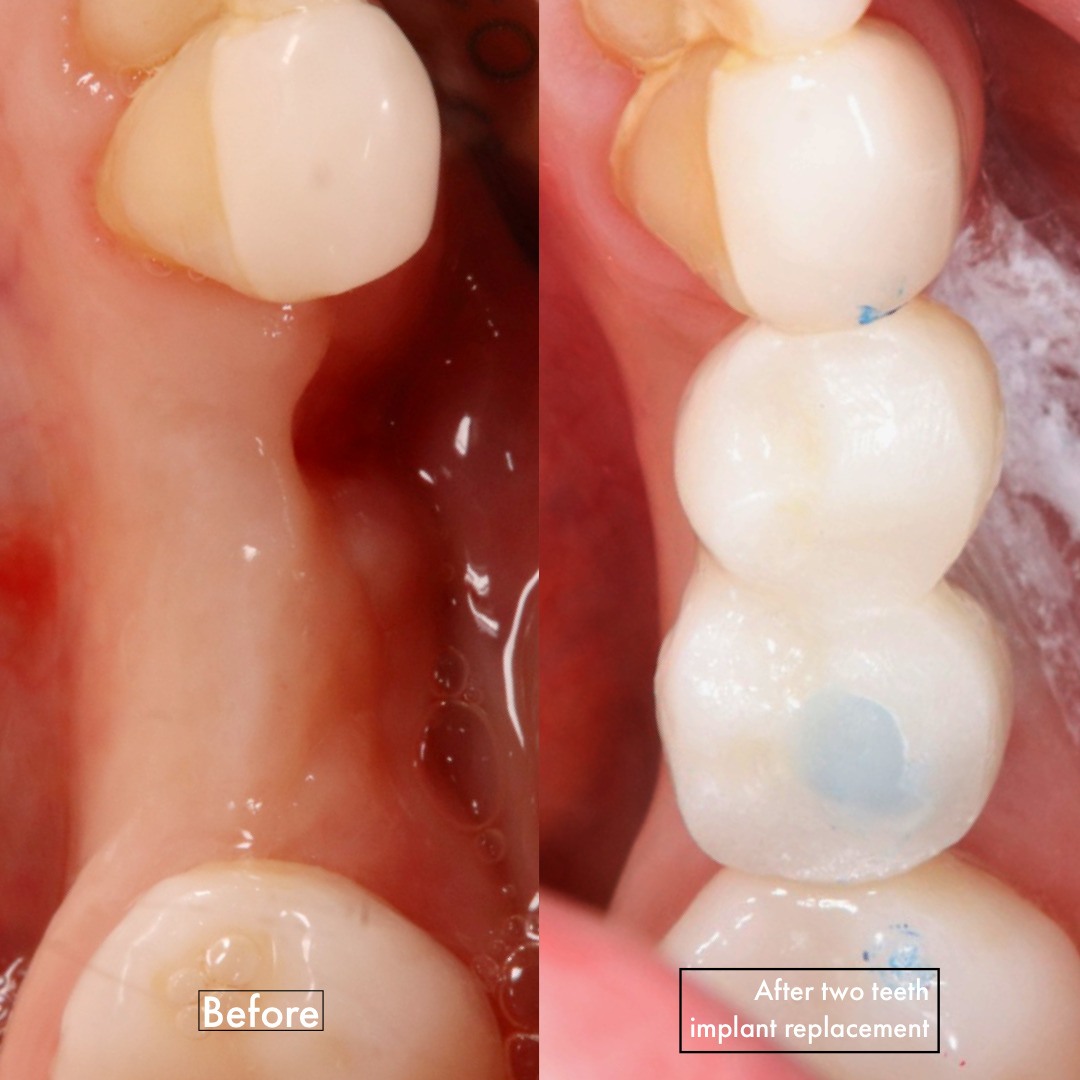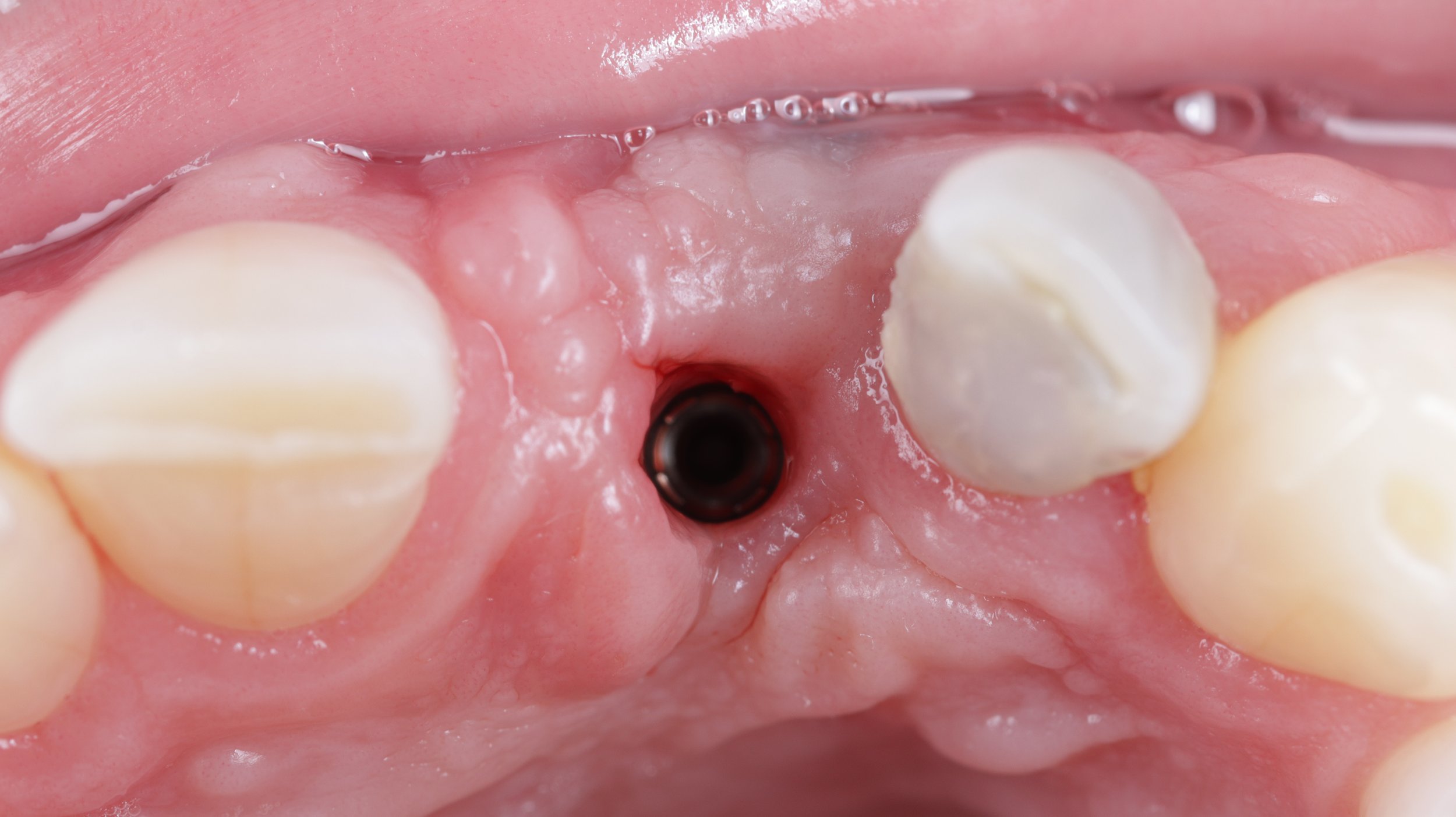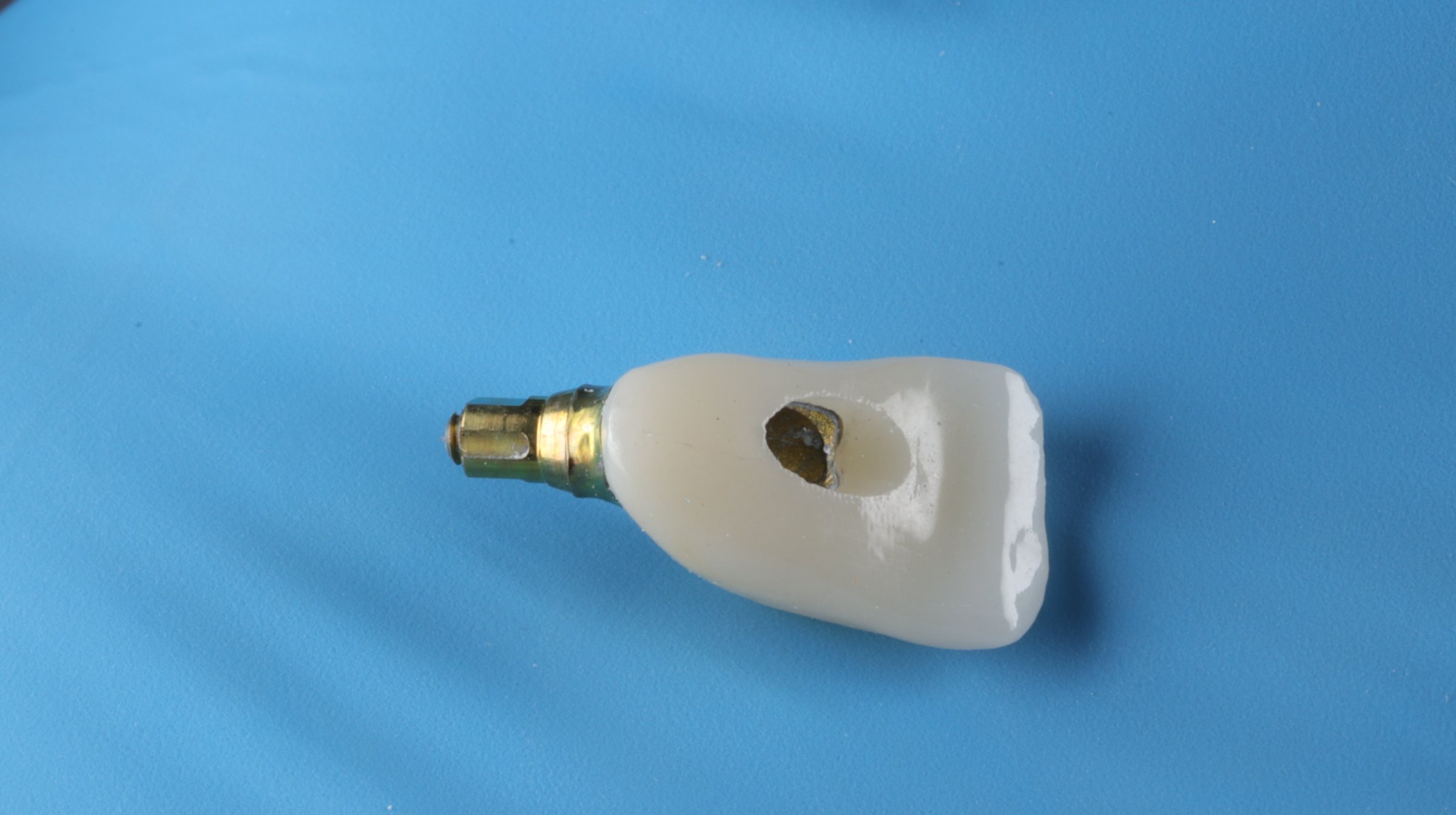Dental Implants A Fixed Tooth Replacement
Dental implants have been around for over 40 years, they offer a permanent, fixed solution to replace missing teeth. Implants offer a tooth replacement that is as close to the human tooth as possible. Implants allow you to eat, chew and speak as though you have your natural teeth.
Implants can be placed if you are missing a single tooth or a full mouth of teeth. The new tooth can be matched to your existing colour to blend in, or a brighter colour if you are having a new set of teeth.
A dental implant is the ‘gold standard’ solution for missing teeth. Implants offer the closest replacement to a missing human tooth.
Dental implants provide a long term, fixed solution to improve your appearance, chewing power and bite function.
How Do I Get A Dental Implants?
T H E P R O C E S S
-
Dental implants are like normal teeth, they survive best in a healthy mouth. The consultation is to assess your suitability and determine a plan for where and how many implants to place. The missing teeth and gaps will be assessed, and the number of teeth to replace will be determined. A full gum, bone and tooth check is also done. Broken teeth, decay, infection or any gum disease must be treated first. A 3D bone scan is then taken to assess the amount and quality of the bone where the new implant is to be placed,
-
Once the scan has been taken, I will assess the bone and choose the size of the implant.
In most cases, a single dental appointment is needed to place the implant is placed under the gum within the bone. This treatment is pain free as it is under local anaesthetic. Sometimes if there is less bone, more bone can be added this is called a ‘bone graft’. Usually artificial synthetic bone is added, this is not from animal or human sources.
Nervous patients can be made relaxed by using a sedative drug for this step.
-
After a healing period of 3 months, the implant fuses around the bone and is now able to support teeth.
The new tooth is fixed onto of the implant and can be used like a natural tooth for chewing, speaking and function.




Dental Implant FAQs
-
How Is The Dental Implant Placed?
A dental implant usually made from titanium is placed under the gum within the bone in a single dental appointment. The implant is placed within the bone using specialist equipment and is tightened into place. This treatment is done under local anaesthetic so no pain is felt. Sedation can also be used if you are anxious to make you sleepy and relaxed. The implant is allowed to fuse with the bone over a period of 3 months. In this time you may have a replacement tooth to bridge the gap.
-
How Is The New Tooth Attached?
The new tooth is usually screwed into the implant and the chamber is filled with a tooth colour material to cover the screw hole. In some clinical circumstances the tooth maybe cemented into place.
In cases when the entire top or bottom set of teeth are placed, this may clip into studs placed on top of the implant. In each case the options will be discussed with you to make the best outcome.
-
I've Been Told I Don't Have Enough Bone
Where there is less bone new bone can be added, this is called a bone graft. The most common bone graft is a synthetic bone graft. This is an artificial bone alternative which is not from animal or humans. This is added to help support the new implant.



